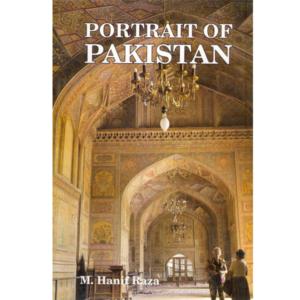The origins of modern Pakistan, it can be argued, have their traceable roots embedded in the early nineteenth century, for much of its nascent identity – politically, economically, administratively and architecturally took shape during the 1800s.
British interests in north-westen’ areas of the subcontinent – Sindh, Baluchistan, Punjab and the NorthWest Frontier (the four provinces of modern Pakistan) – took a decisive military left-turn during this period, as the British precipitated events which justified, at least to them, the annexation of Sindh in 1843 and the annexation of the Punjab in 1849. It was not long before they lurched acros”‘, Baluchistan and then hurried towards the Frontier to establish a picket con fronting Afghanistan.
Eve-witness accounts of the various campaigns were published almnst before the dust of war had settled, and in many cases these were supplemented by vivid illustrations of the action. These were in the form of drawings, lithographs or latterly photographs. Many were published in separate albums or used as illustrations by The Illustrated London News and The Graphic, popular news-periodicals of the time.
Using over 235 such illustrations, including rare works by Lt. William Edwards, Sir Keith Jackson, James Atkinson,William Simpson and some early photographs of Quetta in 1900 by Fred Bremner, each complemented \vherever possible by an ilppropriate extract from contemporary SO,I[(e5_ F. S Aijazuddin has presented 1 fasdnating collage of the major cities of Pakistan as they appeared to outside observers and visitors during the nineteenth century.








